E-challans are electronic traffic violation tickets issued by traffic police in India for offenses like speeding, signal jumping, or illegal parking. With digital platforms, checking and paying e-challans has become quick and convenient.
This article guides you through the steps to check your e-challan status and make payments online or offline, ensuring timely compliance to avoid penalties.
What is an E-Challan?
An e-challan is an electronically generated fine issued under the Motor Vehicles Act, 1988, for traffic rule violations. These are recorded via CCTV cameras, speed guns, or by traffic officers and uploaded to a centralized database.
E-challans include details like the violation type, fine amount, date, time, and location. Paying these fines promptly (within 60 days) is crucial to avoid additional penalties or legal consequences.
Check E-Challan Status
You can check e-challan status using three primary identifiers: vehicle number, challan number, or driving license (DL) number. Below are the detailed steps for each method, with a focus on checking by vehicle number.
Checking E-Challan by Vehicle Number
- Visit the Parivahan Portal: Open a browser and go to echallan.parivahan.gov.in.
- Navigate to Check Challan Status: On the homepage, locate the "Check Online Services" dropdown and select "Check Challan Status."
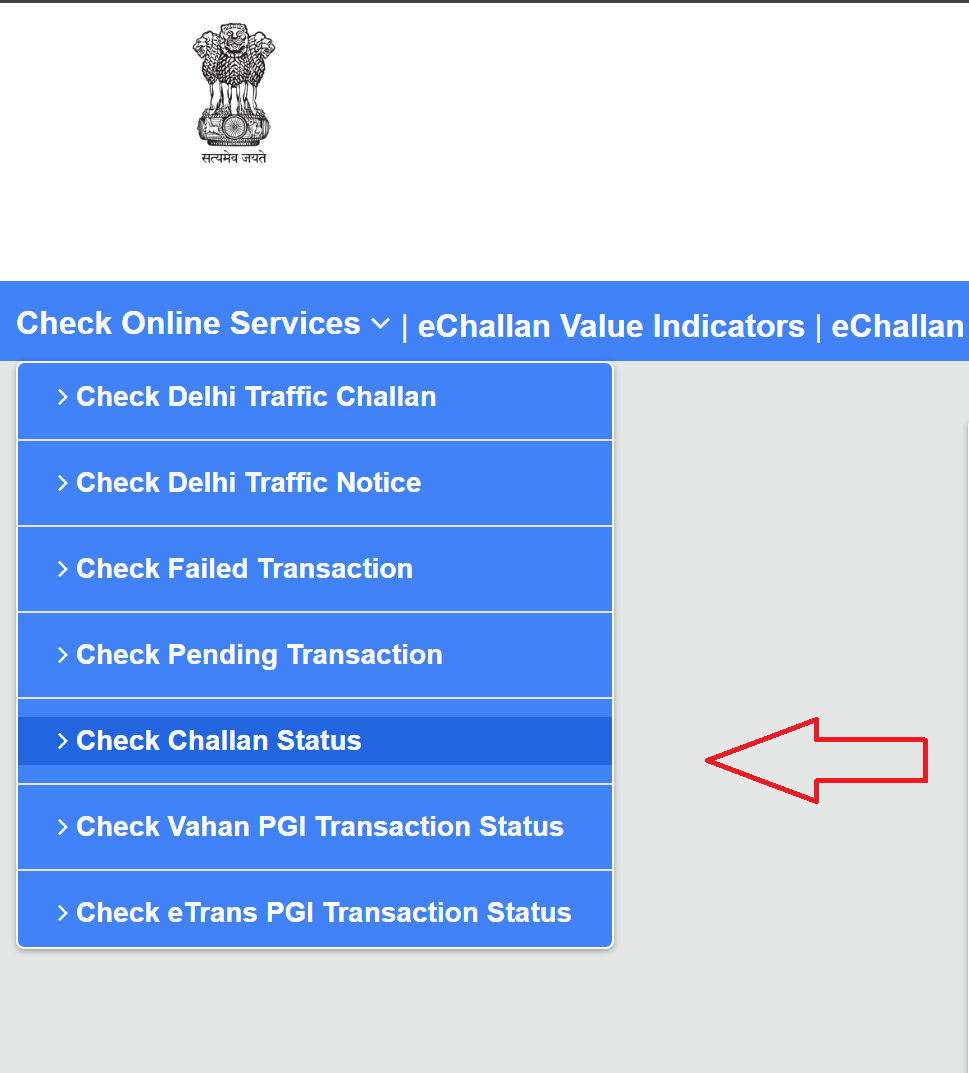
- Select Vehicle Number Option: In the form, choose the "Vehicle Number" tab.
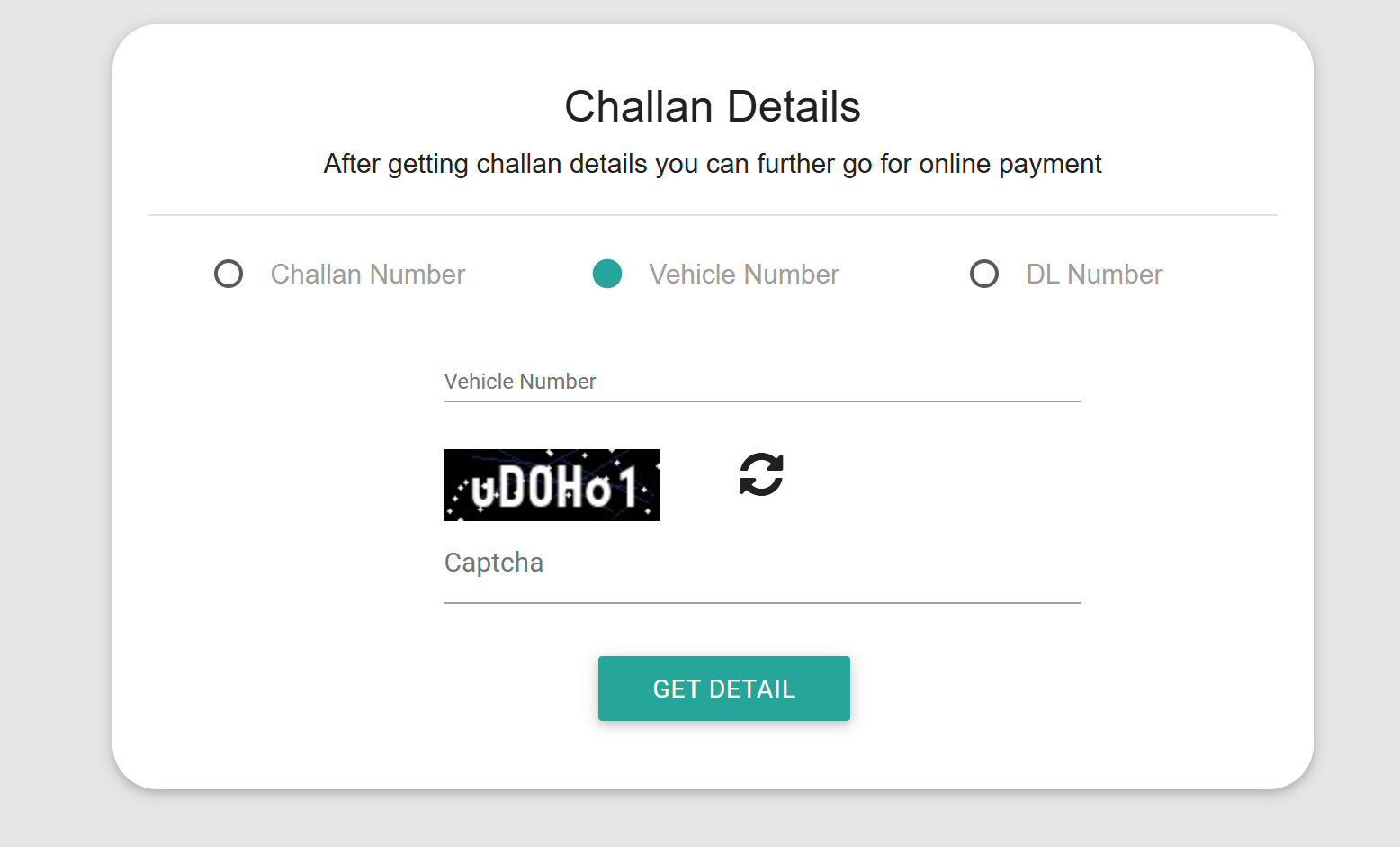
- Enter Vehicle Number: Input the complete vehicle registration number (e.g., DL1AB1234) without spaces.
- Provide Additional Details: You may need to enter the chassis number (last 5 digits) or engine number (last 5 digits) for verification. These can be found on your vehicle’s registration certificate (RC).
- Enter Captcha: Type the captcha code shown in the image to verify you’re not a bot.
- Submit Details: Click "Get Detail" to view a list of pending challans, including violation details, fine amount, and issuance date.
Checking E-Challan by Challan Number
- Access the Portal: Visit echallan.parivahan.gov.in and select "Check Challan Status."
- Choose Challan Number: Click the "Challan Number" tab.
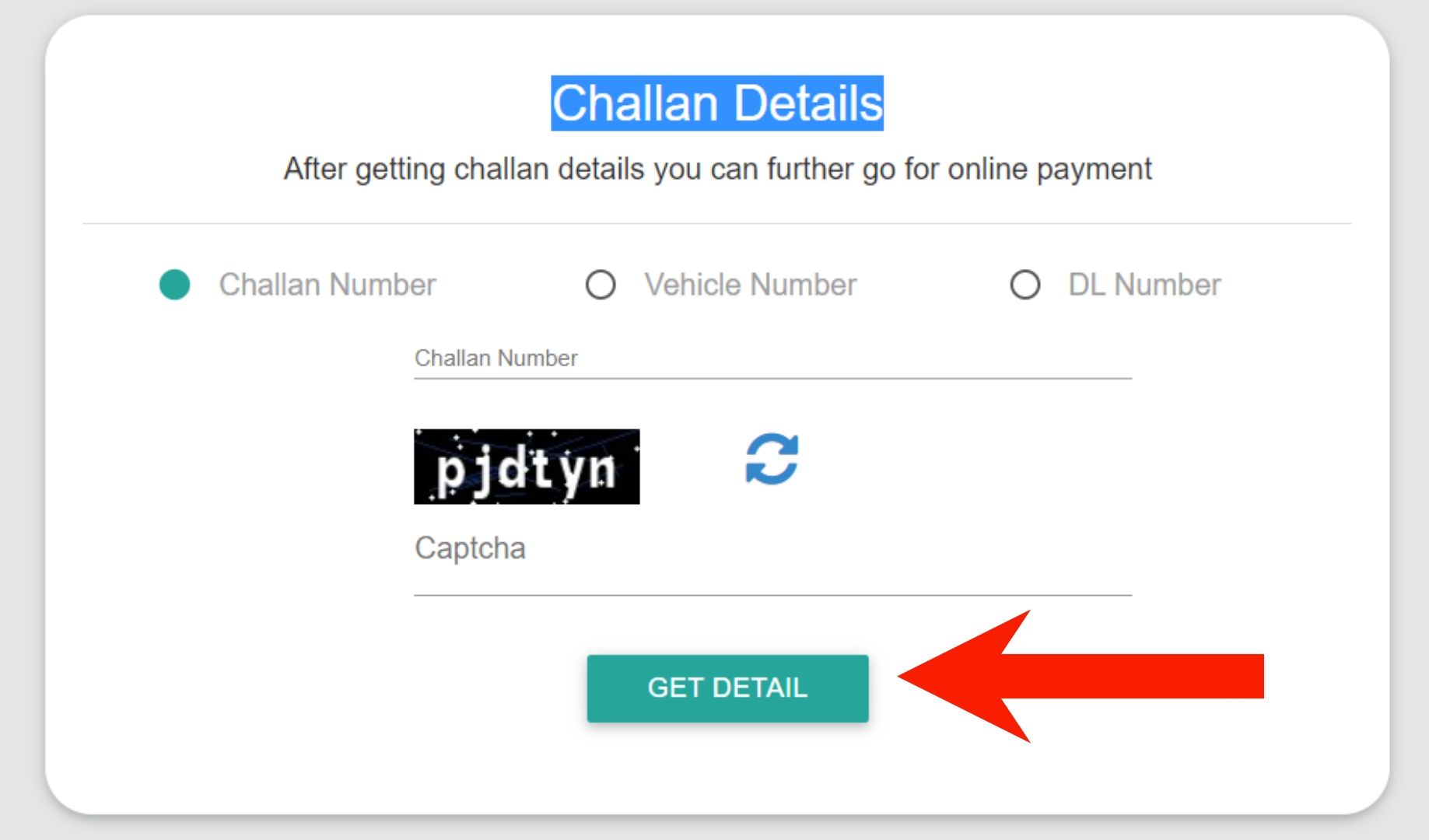
- Input Challan Number: Enter the unique challan number provided in the violation notice or SMS.
- Enter Captcha: Fill in the captcha code.
- View Status: Click "Get Detail" to see the challan details.
Checking E-Challan by Driving License Number
- Go to the Website: Navigate to echallan.parivahan.gov.in and select "Check Challan Status."
- Select DL Option: Choose the "Driving License" tab.
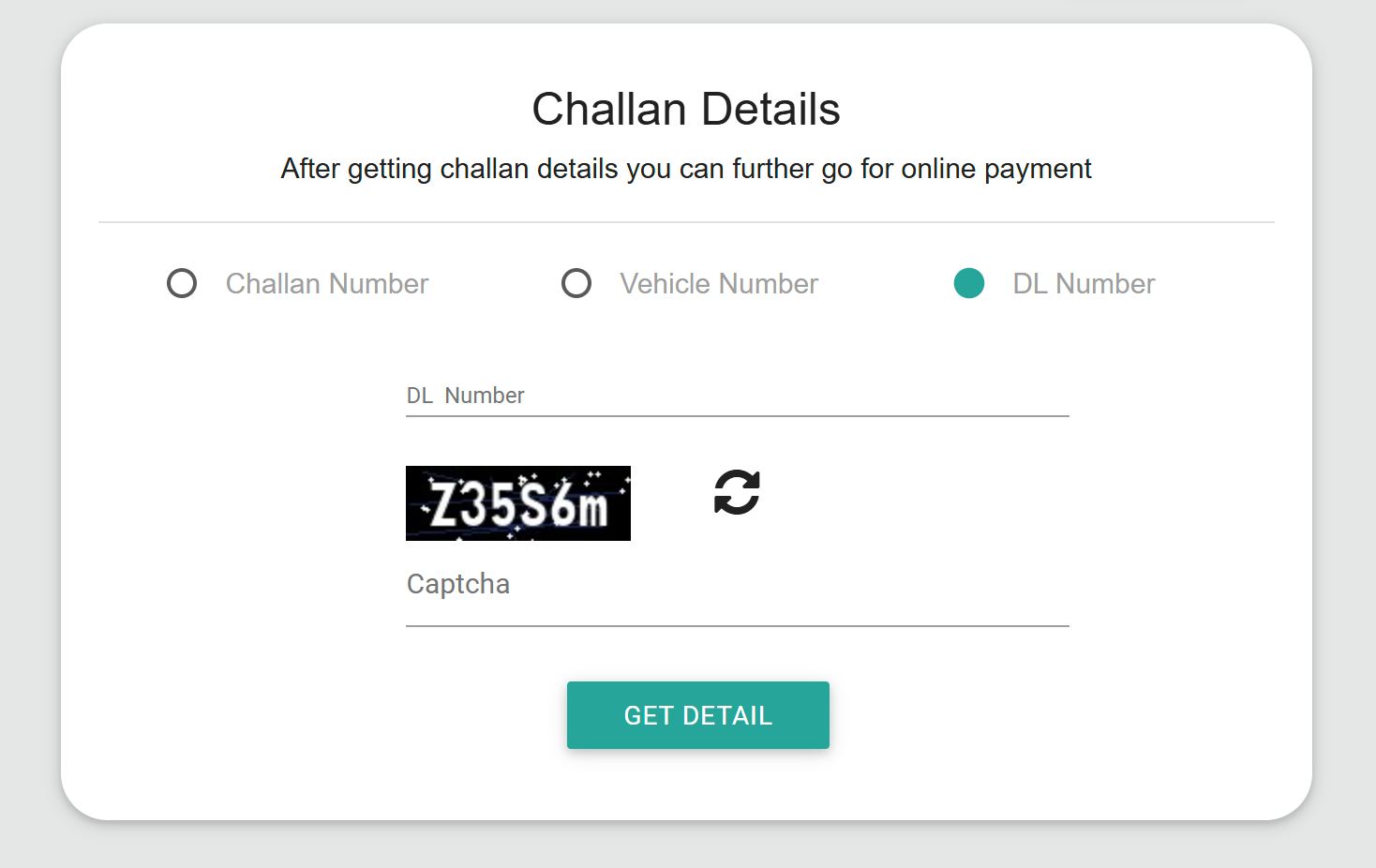
- Enter DL Number: Input your driving license number (e.g., DL-12345678901234).
- Enter Captcha: Type the captcha code.
- Check Details: Click "Get Detail" to view any challans linked to your license.
Alternative Platforms
- State-Specific Portals: States like Delhi (https://traffic.delhipolice.gov.in/echallan/), Karnataka (karnatakaone.gov.in), or Maharashtra have dedicated traffic police websites for e-challan checks.
- Mobile Apps: Apps like "mParivahan" or state-specific traffic apps allow you to check challan status by entering vehicle or DL details.
- SMS Alerts: Some states send e-challan details via SMS, including the challan number and payment link.
E-Challan Payment Process
Once you’ve checked the challan status, you can pay the fine online or offline. Below is a step-by-step guide for both methods.
Online Payment Process
- View Challan Details: After checking status on echallan.parivahan.gov.in, you’ll see a list of pending challans. Each entry includes the violation type, fine amount, and a "Pay Now" option.
- Select Challan: Click the checkbox next to the challan(s) you want to pay. You can pay multiple challans together.
- Initiate Payment: Click "Pay Now" to proceed to the payment gateway.

- Choose Payment Method: Select from available options:
- Net Banking: Log in to your bank account and authorize the payment.
- Debit/Credit Card: Enter card details (number, expiry date, CVV) and authenticate with an OTP or password.
- UPI: Scan a QR code or enter your UPI ID (e.g., yourname@upi) and approve the transaction via your UPI app.
- Wallets: Some portals support digital wallets like Paytm or PhonePe.
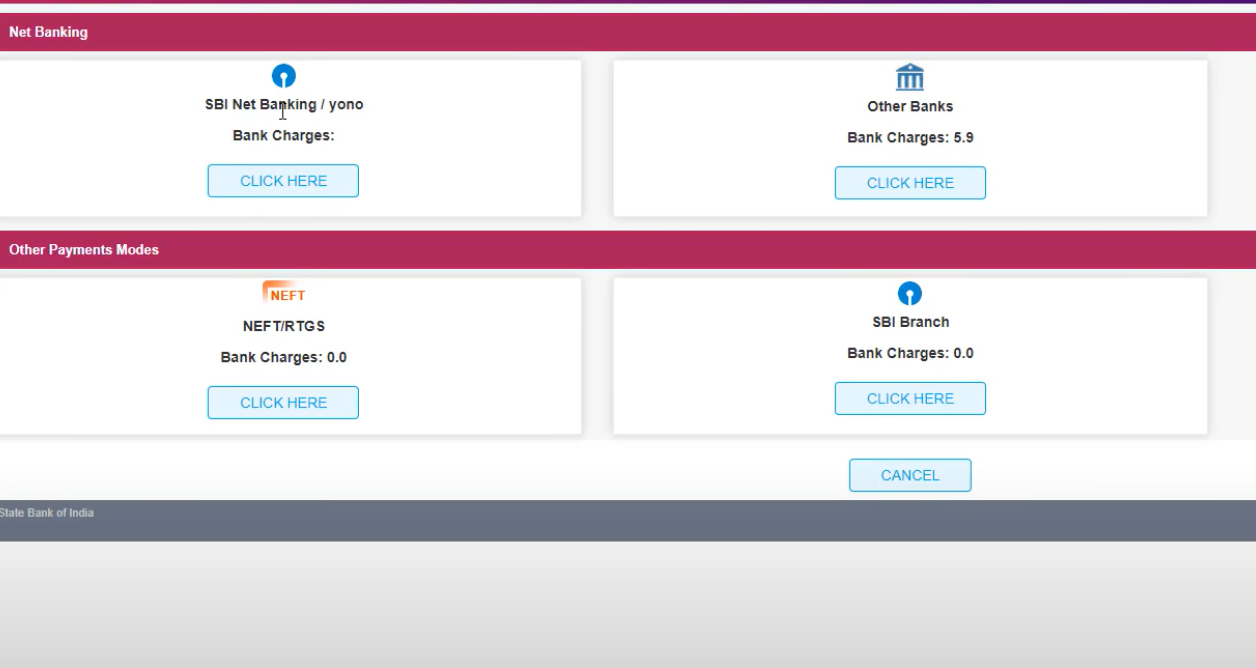
- Verify Amount: Ensure the fine amount displayed matches the challan details.
- Complete Transaction: Follow the prompts to finalize the payment. You may need to enter an OTP sent to your registered mobile number.
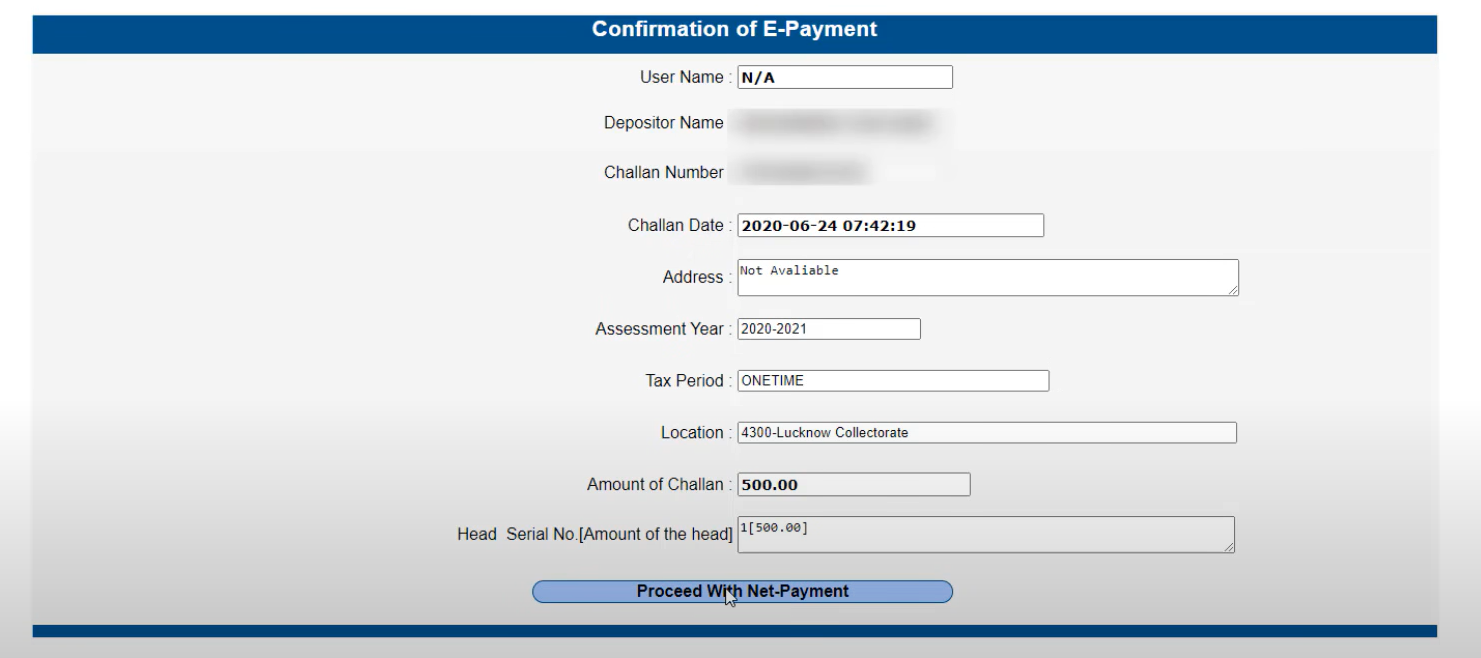
- Download Receipt: After successful payment, a confirmation page will appear. Download or screenshot the receipt, which includes the transaction ID, date, and challan details.
- Check Status: Return to the portal to confirm the challan status is updated to "Paid."
Offline Payment Process
If you prefer paying in person:
- Locate Payment Center: Visit the nearest traffic police station, Regional Transport Office (RTO), or designated bank (check with your state’s traffic department).
- Present Challan Details: Provide the challan number, vehicle number, or a printed challan notice (if received). You can print challan details from the Parivahan portal.
- Pay the Fine: Pay the fine amount in cash, by card, or via other accepted methods (varies by location).
- Collect Receipt: Obtain a physical receipt as proof of payment. Keep it for future reference.
- Verify Status: Optionally, revisit the online portal to ensure the challan is marked as paid.
Key Points to Remember
- Payment Deadline: Pay e-challans within 60 days of issuance to avoid late fees, vehicle impoundment, or court summons.
- Verify Challan Details: Before paying, confirm the vehicle number, violation type, and fine amount to avoid disputes or fraudulent challans.
- Disputing a Challan: If you believe a challan was issued incorrectly, contact your local traffic police or RTO with evidence (e.g., photos, documents) to file a grievance.
- State Variations: Some states may have additional payment methods or portals. For example, Delhi allows payments via Paytm, while Karnataka integrates with Bangalore One centers.
- Keep Records: Save all payment receipts (digital or physical) until the challan status is updated as "Paid" on the portal.
Troubleshooting Common Issues
- Challan Not Found: If no challans appear, ensure you entered the correct vehicle, challan, or DL number. It may take a few days for new challans to reflect online.
- Payment Failure: If a transaction fails, check your bank balance or internet connection. Avoid retrying immediately to prevent double charges. Contact your bank if funds are debited but the challan remains unpaid.
- Incorrect Details: If challan details don’t match your vehicle, report the issue via the Parivahan portal’s grievance section or at a traffic police station.
Traffic Rules and Fines in India, 2025
Below is a table of common traffic violations and their fines as per the Motor Vehicles (Amendment) Act, 2019, effective from March 1, 2025.
| Traffic Violation | Fine (INR) | Additional Penalties |
|---|---|---|
| Driving without a valid license | 5,000 | Vehicle impoundment |
| Over-speeding | 1,000–5,000 (vehicle/state-dependent) | - |
| Driving under the influence (1st offense) | 10,000 | Up to 6 months imprisonment |
| Driving under the influence (repeat offense) | 15,000 | Up to 2 years imprisonment |
| Using mobile phone while driving | 5,000 | - |
| Driving without valid insurance (1st offense) | 2,000 | Up to 3 months imprisonment or community service |
| Driving without valid insurance (repeat) | 4,000 | Up to 3 months imprisonment or community service |
| Riding without a helmet (two-wheeler) | 1,000 | 3-month license suspension |
| Triple riding on a two-wheeler | 1,000 | - |
| Jumping a red light | 5,000 | - |
| Driving without pollution certificate | 10,000 | Up to 6 months imprisonment, community service |
| Not giving way to emergency vehicles | 10,000 | - |
| Juvenile driving | 25,000 | 3 years imprisonment for guardian/owner, 1-year vehicle registration cancellation, no license until age 25 |
| Dangerous/reckless driving | 5,000 | - |
| Racing on public roads | 5,000 | - |
| Overloading vehicles | 20,000 | - |
| Not wearing a seatbelt | 1,000 | - |
| Parking in no-parking zone | 500–4,000 (state-dependent) | Towing charges (e.g., ₹100 for two-wheelers, ₹200 for cars) |
| Driving on the wrong side | 500–1,000 (state-dependent) | - |
| Using excessive horn | 1,000–2,000 | - |
Notes:
- Fines based on Motor Vehicles (Amendment) Act, 2019, effective March 1, 2025. State variations apply (e.g., Karnataka may reduce license violation to ₹1,000).
- Pay within 60 days to avoid court summons or license suspension.
- Digital documents valid via DigiLocker/mParivahan.
- Check status/pay fines at echallan.parivahan.gov.in or state portals.
- Dispute wrongful challans with evidence at traffic police stations or online.
Tips for Avoiding Traffic Violations
- Carry Digital Documents: Use DigiLocker or mParivahan apps to store valid driving license, insurance, and pollution certificates. These are legally accepted during traffic checks.
- Follow Speed Limits: Adhere to speed limits (e.g., 40–60 km/h in urban areas, 80–100 km/h on highways) to avoid over-speeding fines.
- Use Hands-Free Devices: Avoid using mobile phones while driving; use Bluetooth or hands-free systems for calls.
- Regular Vehicle Maintenance: Ensure your vehicle has valid Pollution Under Control (PUC) certificate and functional lights to avoid fines.
- Wear Safety Gear: Always wear helmets (two-wheelers) and seatbelts (cars) to comply with safety rules.
How to Dispute an E-Challan
- Verify Challan Details: Cross-check the challan on echallan.parivahan.gov.in using vehicle or challan number. Ensure the violation matches your vehicle and location.
- Gather Evidence: Collect proof like photos, videos, or GPS data showing you weren’t at the violation site or didn’t commit the offense.
- File a Grievance:
- Online: Use the Parivahan portal’s grievance section or state-specific traffic police websites.
- Offline: Visit the traffic police station or RTO with evidence and challan details.
- Follow Up: Track the grievance status online or contact the authorities. Resolved disputes may cancel the challan or require a hearing.
Impact of Traffic Violations on Insurance
- Premium Increase: Repeated violations (e.g., over-speeding, drunk driving) may raise two-wheeler or car insurance premiums due to higher risk profiles.
- Claim Rejections: Driving without a valid license or under the influence can lead to insurance claim denials in case of accidents.
- Recommendation: Maintain a clean driving record and carry valid insurance to ensure coverage and avoid penalties (₹2,000–4,000 for no insurance).
Penalties Beyond Fines
Highlight non-monetary consequences to emphasize compliance:
- License Suspension: Violations like riding without a helmet or drunk driving can lead to 3-month to permanent license suspension.
- Vehicle Impoundment: Driving without a license or overloading may result in vehicle seizure, with release subject to fine payment and documentation.
- Imprisonment: Serious offenses (e.g., juvenile driving, drunk driving) carry jail terms from 3 months to 3 years.
- Community Service: Some violations (e.g., no insurance, no PUC) may require community service as an alternative penalty.